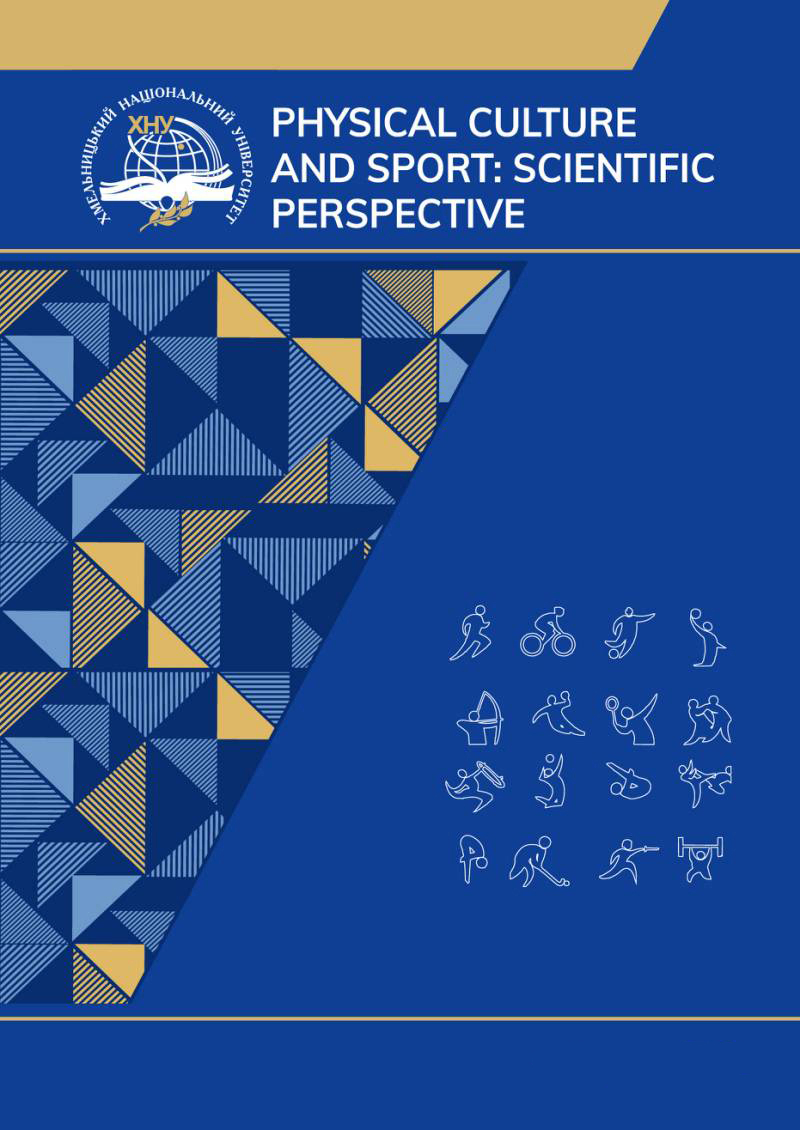PEDALING POWER DYNAMICS OF CYCLISTS IN THE MEN'S 4-KILOMETER TEAM PURSUIT RACE
DOI:
https://doi.org/10.31891/pcs.2024.2.11Keywords:
cycling, track cycling, pedaling power, scientific research, 4 kilometer team pursuit raceAbstract
The article examines the pedal power of track cyclists in a 4 km team pursuit race. Literary sources of research conducted in this direction in recent years are analyzed. We encountered a paucity of information regarding the pedaling force of track cyclists during each lap of a 4 km team pursuit race. The aim of this study was to determine the pedaling power dynamics of each of four cyclists during a 4 km team pursuit race. The main research method was the pedagogical observation of cyclists of the national team of Ukraine at the second stage of the World Cup in track cycling in Hong Kong on March 15-17, 2024. The instrument used to study pedaling power was the FAVERO ASSIOMA DUO power meter, which is mounted in the bicycle pedal. Information was transmitted to the Garmin 530 cycling computer. During the 4 km team pursuit race. A cyclist can take turns leading or following another rider. Previous studies have shown that the average load per cyclist in a team pursuit race is 505 W. A characteristic feature of this study is not so much the study of the average power of rotation of the pedals of cyclists - track racers at the distance of a team race. 4 kilometers, but determining the force of rotation of the pedals on each wheel depending on the position at the specific moment of the cyclist's ride. Based on the pedaling power data of each athlete, depending on the current position, the pedaling power of each lap of the 4 km team pursuit race was described. The importance of each of the four positions of cyclists in a 4 km team pursuit race is analyzed and characterized. Recommendations are provided for the practical application of the results of this scientific work by coaches and athletes in the process of preparing and placing cyclists at the start of a team pursuit race in cycling on a track.
References
BASSETT D., KYLE C., PASSFIELD L., BROKER J. and BURKE E. (1999) Comparing cycling world hour records, 1967–1996: modeling with empirical data. Med. Sci. Sports Exerc. 31: pp. 1665–1676.
BROKER, J. (1994) Team pursuit aerodynamic testing, Adelaide, Australia. USOC Sport Science and Technology Report. pp. 1–24 p.
BROKER J., KYLE C. and BURKE E. (1999) Racing cyclist power requirements in the 4000-m individual and team pursuits. Med. Sci. Sports Exerc. 31: pp. 1677–1685.
OLDS T., NORTON K., CRAIG N., OLIVE S., and LOWE E. (1995) The limits of the possible: models of power supply and demand in cycling. Aust. J. Sci. Med. Sport 27: pp. 29–33.
OLDS, T. S., K. I. NORTON, and N. P. CRAIG. (1993) Mathematical model of cycling performance. J. Appl. Physiol. 75: 1993 pp. 730–737 p.
Wagner M. (2016) Nested Multi – and Many Objective Optimization of Team Track Pursuit Cycling published: October doi: 10.3389/fams.2016.00017
Bassett D., Kyle C., Passfield L., Broker J., Burke, E. (1999) Comparing cycling world hourrecords, 1967–1996: modeling with empirical data.Medicine & Science in Sports & Exercise, 31 (11), pp. 1665–1676.
Lukes R, Hart J, Haake S. (2012) An analytical model for track cycling. Proceedings of the Institution of Mechanical Engineers, Part P: Journal of Sports Engineering and Technology 226(2): pp. 143–151.





